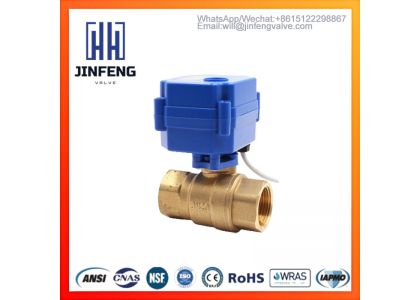
Motorized valves are indispensable mechanical equipment in today's water treatment, automation, and HVAC industries. They enable precise control of fluid flow, making automated production safer, more efficient, and smarter.
Motorized valves, also known as electric actuator valve,A device that uses an electrically powered actuator to open or close valves. It can also be equipped with functions such as angle adjustment, timing, power-off reset, and signal feedback. It enables remote valve control, precise flow regulation, and automated control.
In summary, it is an electrically controlled valve that eliminates manual operation.
1.Issue commands: After completing the wiring, issue command signals to “open,” “close,” or “adjust to a specified angle.”
2.Actuator performs operation: The electric actuator receives an electrical signal and controls the motor rotation.
3.Increase torque: The motor achieves reduced rotational speed and increased torque through mechanisms such as gearboxes.
4.Switching valves: The electric actuator connects to the valve stem, driving the valve to open or close.
5. Signal Feedback: Conventional switch-type valves automatically stop and power off when reaching the fully open or fully closed position.
Motorized valves are classified based on valve body design and operating mechanism::
Select the appropriate motorized valve type based on factors such as pipe diameter, pressure level, sealing requirements, and operating environment.
Motorized valves are widely used across various industries:
1. Water treatment, agricultural irrigation, drainage, and wastewater treatment systems
2. HVAC and fire protection engineering
3. High-efficiency water-saving equipment, automatic control devices, and industrial automation equipment
4. Water-saving fixtures and drinking water equipment
5. Replacement of inoperable solenoid valves
In smart homes, smart electric valves can integrate with IoT platforms to enable functions such as scheduled irrigation or pool maintenance.
The adoption of motorized valves offers several advantages over traditional alternatives:
However, factors to consider when using electric valves include their higher purchase cost and the need for a stable power supply. Proper selection is crucial for achieving optimal performance.
With the advancement of the times, today's industrial and manufacturing sectors are becoming increasingly intelligent and automated. Motorized valves will also play an increasingly vital role. Whether procurement personnel or engineers, only by truly understanding the design principles of motorized valves can their full potential be realized.